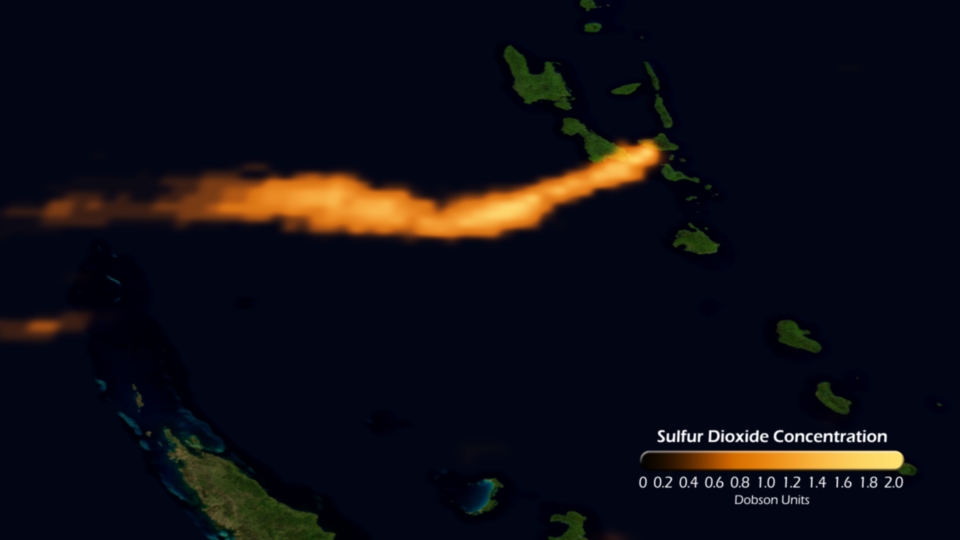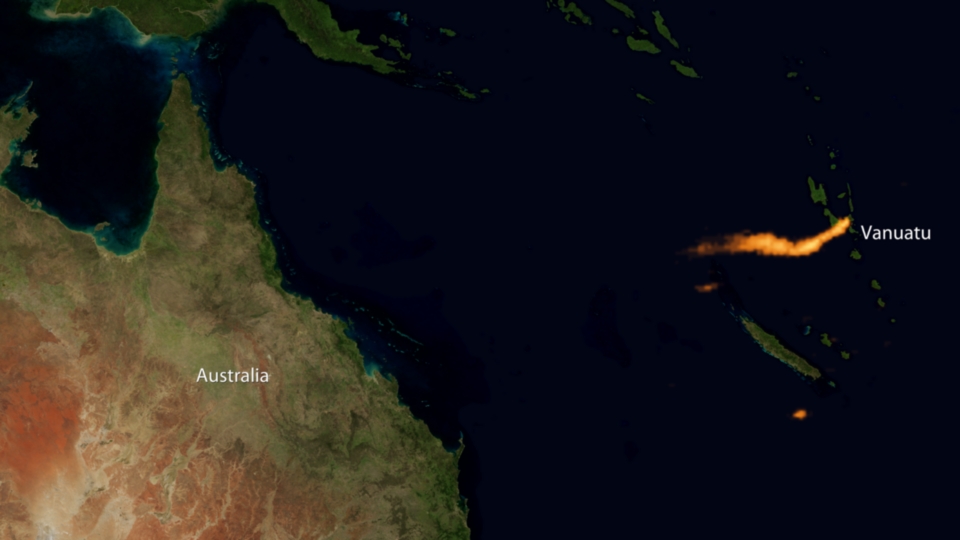OF THE
TIMES
Looting, buggery, rape, torture, fighting, stabbing, its the 1600's all over again. Cultural enrichment comes in many forms.
Of course they did. When AmeriKa says its time to stop the war, then you have the axis blessing. Till then, more military aid for killing, and a...
I have a better idea. Go home and look after your own country. Stop making people's lives miserable.
Is this just another case of the US wanting to own the world?
It is difficult to know what to say when one reads of such horrors. :O
To submit an article for publication, see our Submission Guidelines
Reader comments do not necessarily reflect the views of the volunteers, editors, and directors of SOTT.net or the Quantum Future Group.
Some icons on this site were created by: Afterglow, Aha-Soft, AntialiasFactory, artdesigner.lv, Artura, DailyOverview, Everaldo, GraphicsFuel, IconFactory, Iconka, IconShock, Icons-Land, i-love-icons, KDE-look.org, Klukeart, mugenb16, Map Icons Collection, PetshopBoxStudio, VisualPharm, wbeiruti, WebIconset
Powered by PikaJS 🐁 and In·Site
Original content © 2002-2024 by Sott.net/Signs of the Times. See: FAIR USE NOTICE


Global volcanoes, disturbing scenario unfolding before our eyes.
rapidly around the world, After 911 and the Asian Tsunami earthquake in Japan in the midst of this current economic storm.
According to the Book of Malachi 3: 19 - 20
"For lo, the day is coming, blazing like an oven"…